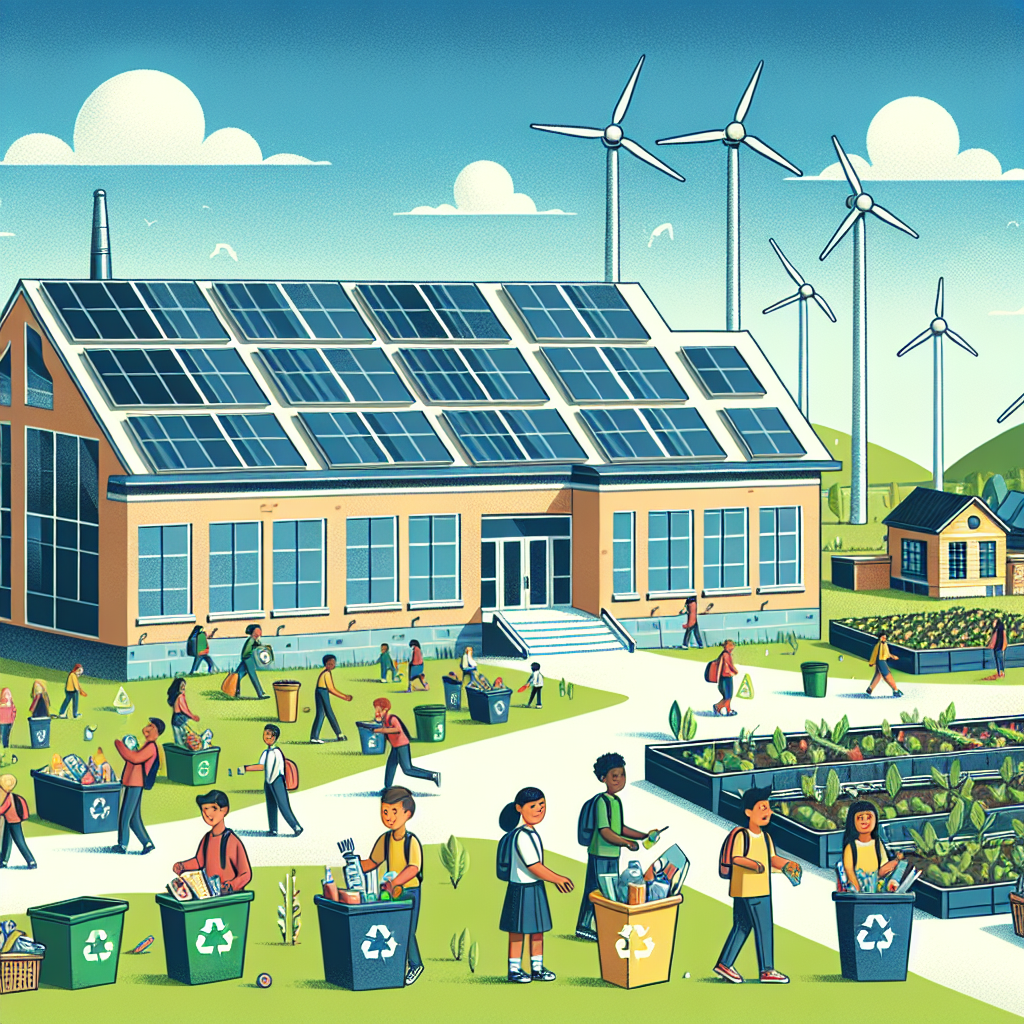Energy Independence: Off-Grid Solutions for Your Home
Energy independence has become a pivotal topic for homeowners seeking more sustainable and self-sufficient living options. Off-grid solutions offer promising paths to achieving this autonomy, freeing individuals from reliance on traditional energy grids and reducing environmental impact. Solar power systems are amongst the most prevalent off-grid solutions. By harnessing the sun’s energy, these systems offer an abundant and renewable resource that can be converted into electricity to power homes. Photovoltaic (PV) panels, inverters, and battery storage systems often comprise a solar power setup, allowing homeowners to capture solar energy during the day and store excess electricity for use at night or during cloudy periods.
Wind power also presents a viable off-grid energy source. Small-scale wind turbines can be installed on properties to generate electricity when natural wind conditions are optimal. These systems work best in open areas with consistent wind speeds and can be an excellent complement to solar power, particularly in regions where sunlight is less abundant. Hybrid systems combining both solar and wind energy can create a more consistent and reliable energy supply year-round.
For those in regions where geothermal energy is accessible, this renewable resource presents another potent off-grid solution. Geothermal systems utilize the earth’s constant underground temperature to heat and cool homes, significantly reducing reliance on fossil fuels. These systems typically require a higher initial investment but are highly efficient and have lower operational costs over time, making them a worthwhile consideration for off-grid living.
Biomass energy is another alternative for homeowners aiming for energy independence. Bioenergy systems convert organic materials such as wood chips, agricultural waste, or specially grown energy crops into heat, electricity, or both. Pellet stoves and biomass boilers are common implementations in residential settings, offering an effective way to utilize local and renewable waste resources for energy production.
Battery storage systems are a critical component of any off-grid solution, enabling energy generated from renewable sources to be stored and used when production is low. Advances in battery technologies, such as lithium-ion and flow batteries, have improved storage capacity, efficiency, and lifespan. Proper sizing and integration of these systems ensure a reliable energy supply, bridging the gap between production and consumption.
Another innovative off-grid solution is the use of microhydropower systems. These systems harness the kinetic energy of flowing water to generate electricity. Suitable for properties with access to streams or rivers, microhydropower is highly efficient and can continuously produce power, providing a steady energy supply even in low-flow conditions. Regulatory considerations must be addressed, but for the right location, this can be a robust off-grid energy source.
Integrating energy-efficient practices and devices plays a crucial role in maximizing the benefits of off-grid solutions. LED lighting, energy-efficient appliances, and smart home systems can significantly reduce energy consumption, making it easier to meet household energy needs with renewable sources. Implementing passive solar design, which involves the strategic placement of windows, walls, and floors to collect and store solar energy as heat, can further improve a home’s overall energy efficiency.
Water conservation and rainwater harvesting systems also contribute to a home’s off-grid sustainability. Collecting rainwater for irrigation, laundry, or even potable use after proper treatment reduces dependency on municipal water supplies, aligning with the principles of self-sufficiency and sustainability.
Designing an off-grid home or retrofitting an existing one requires careful planning and consideration of various factors, including geographic location, local climate, budget, and energy needs. Professional consultation with renewable energy experts can help determine the most effective combination of technologies and strategies for achieving energy independence.
In addition to environmental benefits, off-grid solutions can provide financial savings in the long term. Although initial setup costs may be substantial, reduced utility bills and potential government incentives or rebates for renewable energy adoption can offset the expenditure over time. Moreover, energy-independent homes are less vulnerable to fluctuations in energy prices and power outages, ensuring a stable and reliable supply.
Overall, embracing off-grid solutions is a significant step towards achieving energy independence. By investing in renewable energy technologies, enhancing energy efficiency, and utilizing natural resources wisely, homeowners can reduce their carbon footprint, stabilize their energy costs, and contribute to a more sustainable future.



